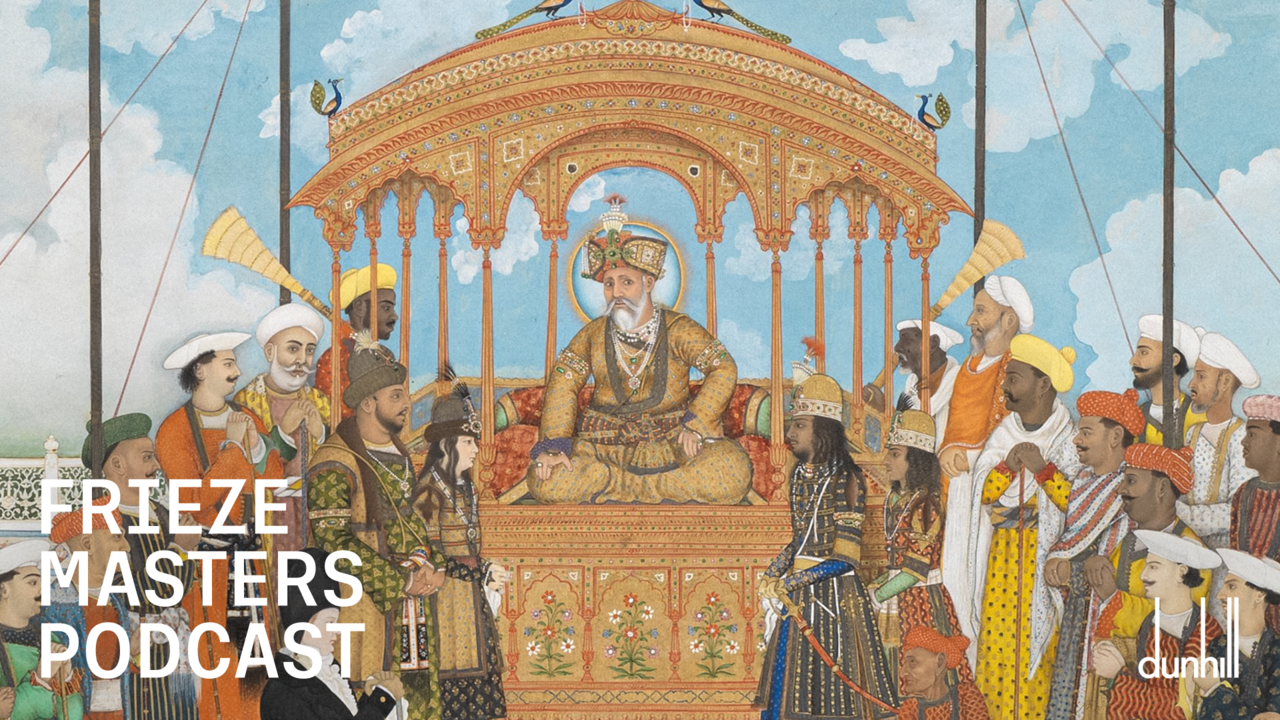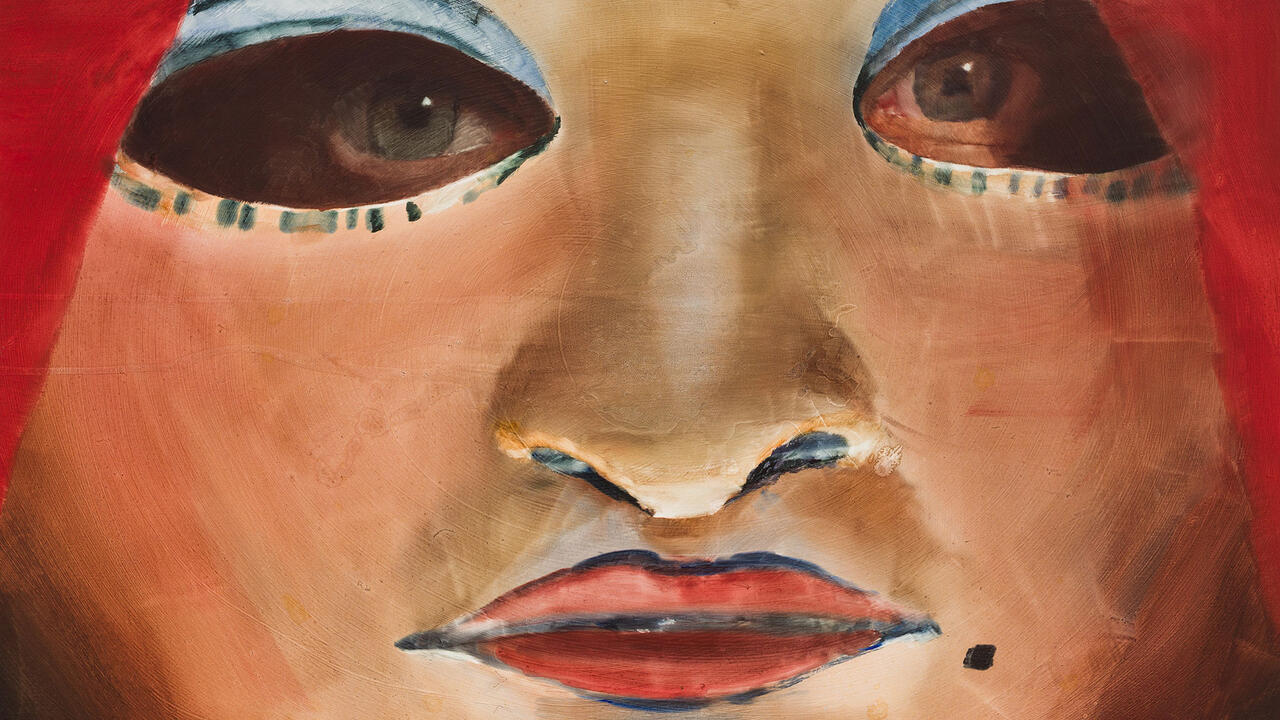Charles Jones
He's almost too good to be true. Born in the North of England, Charles Jones (1866-1959) was employed as a gardener at private estates, where he obsessively photographed the fruits (and vegetables) of his labours. His work has only been discovered relatively recently, rescued from a trunk in Bermondsey market.
Biographical information about Jones is extremely scarce and caricatured assumptions are about as good as we can get: a late-Victorian, gruffly stolid, Northern male sensibility, who was an acutely able and slightly eccentric (but reserved and private) man, who worked in an individualist photographic tradition.
The probable date of Jones' (discovered) work is 1895-1910. His photographs tend to exist as single-state prints only: no negatives are known to have survived. His grandchildren recollect Jones using his glass negatives as homemade cloches to force vegetables in his garden. Part of his attraction for us now is his extreme modesty. He does not appear to have sought attention for his work; virtue was apparently its own reward.
The rarity of Jones' photography and its concentrated vision of the vegetable kingdom - a vision to which he was especially entitled as a diligent gardener - creates a body of work of quivering, private intensity. It is not so much a communication about vegetables, flowers and fruits, as a reverent communion with them. Isolating his subjects against a revealing neutral backdrop, he spiritually ravished them with lingering pin-point exposures in intimate close ups.
Beautiful as his flower studies are, Jones' affections seem to have been more for fruits and vegetables. The vegetable studies are all the more fanatical because of the prosaic status usually accorded to beetroots, cauliflowers, turnips, as compared to flowers, fruits and other more exalted still-life subject matter. There was, however, a tradition that still continues of leek clubs, annual village fetes and agricultural shows, where vegetable growing, display and competition are elevated to absurdist importance. Some of Jones' selfless modesty is perhaps compromised by this competitive background - in his works there is an element of a boast about the colossal size of his vegetable achievements. The origin of these rituals, however, which take place amongst historically poor communities, exists as an acknowledgement of the primary importance of sustenance. The status accorded vegetable growing in these communities is a natural one, based on triumph over hunger. In this context, Jones' enthusiasm for vegetables is simply an honest reflection of his, and his community's, legitimate interests.
It is the works themselves, though, which convincingly transcend any suspicion of boastfulness - their quiet reverence is completely selfless. Bean Runner (c. 1900-02) shows three bean pods and their contents, revealed from above. The pods are arranged closely together, engorged with their almost sexualised, rotund beans, in a synchronised ballet of silken fecundity. Larry's Perfection (c.1900-02) shows six buxom cabbages, delicately veined, arranged in a symmetrical pyramid, their outer leaves anarchically disordered. The cabbages become a monumental structure, both reverential and poignantly absurd.
Still photographs of things that are silent seem somehow to have a more truthful quality than images of objects that move and make noise. Jones' work demonstrates great integrity and truth to his subject, himself and his chosen media. He was actively involved in all stages of the regenerative cycle of plant life, extending its recurring rhythms by complimenting its literal consumption with a non-decaying visual one. The silent introduction of Jones' photographic practice, within the great, slow drama of vegetable growth, death and regeneration, was achieved organically and with humility, without contrivance or gross invasion of nature's process.















